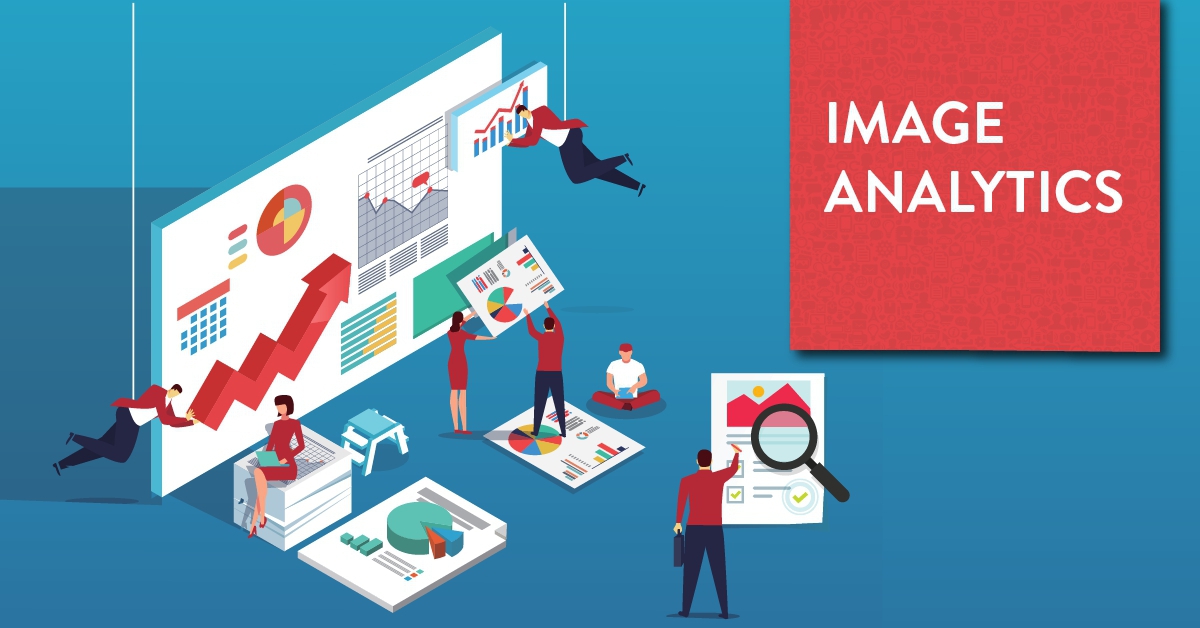
Image analytics is a powerful and rapidly growing area of artificial intelligence and machine learning that is revolutionizing many different industries and sectors.
There are many real-life use cases for image processing and analytics, ranging from practical applications in industry and business to scientific and research applications. Some examples of how image processing and analytics are being used in real-life applications include:
Computer vision and robotics: Image processing and analytics are essential for tasks such as object recognition, object tracking, and scene understanding in the field of computer vision, and are widely used in robotics applications such as self-driving cars and drones.
Medical imaging: Image processing and analytics are used in a variety of medical applications, including image-guided surgery, diagnostic imaging, and patient monitoring.
Surveillance and security: Image processing and analytics are used to analyze video footage and identify patterns, trends, and potential threats in the field of surveillance and security.
Retail and e-commerce: Image processing and analytics are used to analyze product images and video to identify trends, optimize product placement and marketing, and improve customer experience.
Agriculture: Image processing and analytics are used to analyze satellite and drone imagery to monitor crop health, identify pests and diseases, and optimize irrigation and fertilization.
Image analytics in Surveillance and security:-
Image analytics using facial recognition technology is a type of AI that involves using computer algorithms to analyze and recognize human faces from digital images or video. This technology has a wide range of potential applications, including security, where it can be used to identify individuals in real-time for access control or surveillance purposes.
To work effectively, facial recognition systems typically require a large dataset of images of faces to be used for training the algorithms. These images are usually labeled with identifying information, such as the name of the person or a unique identifier, which allows the system to learn to recognize specific individuals.
Facial recognition technology has the potential to improve security in a number of ways, such as by enabling automatic identification of individuals at border crossings, airports, and other secure locations, or by helping to identify and track individuals in real-time in public spaces.
One example of the use of image analytics in facial recognition is the deployment of a system by the Metropolitan Police in London, UK. The system was designed to help identify individuals in real-time as they moved through public spaces, with the goal of detecting and preventing crime.
To use the system, police officers would input a photograph of an individual they wanted to track into the system, and the system would then scan live video feeds from cameras located around the city to try to identify the individual. If a match was found, the system would alert the officers, who could then take appropriate action, such as stopping and questioning the individual or following them to gather more information.
So image analytics using facial recognition technology can have many legitimate and valuable uses in a range of settings, including security, law enforcement, and other areas where the ability to accurately identify individuals is important. However, it is important for organizations to carefully consider the potential risks and benefits of using this technology, as well as to ensure that appropriate safeguards are in place to protect privacy and prevent misuse.
Image analytics in Retail and e-commerce:-
Another real-world example of the use of image analytics is in the retail industry, where it is being used to optimize the layout and display of products in stores.
In this case, image analytics algorithms are used to analyze images of store shelves and displays to identify patterns and trends in how customers interact with the products. This can include information on which products are most popular, how long customers spend looking at particular products, and which products are most likely to be purchased.
Using this information, retailers can then optimize the layout and display of products in their stores to increase sales and improve the shopping experience for customers. For example, they might rearrange the layout of products on shelves to make it easier for customers to find what they are looking for, or they might move high-selling products to more prominent locations in the store.
Overall, the use of image analytics in retail can help businesses to better understand customer behavior and preferences, and to use this knowledge to increase sales and improve the customer experience. However, it is important for retailers to consider the potential privacy implications of collecting and analyzing images of customers in their stores.
No Comments Yet